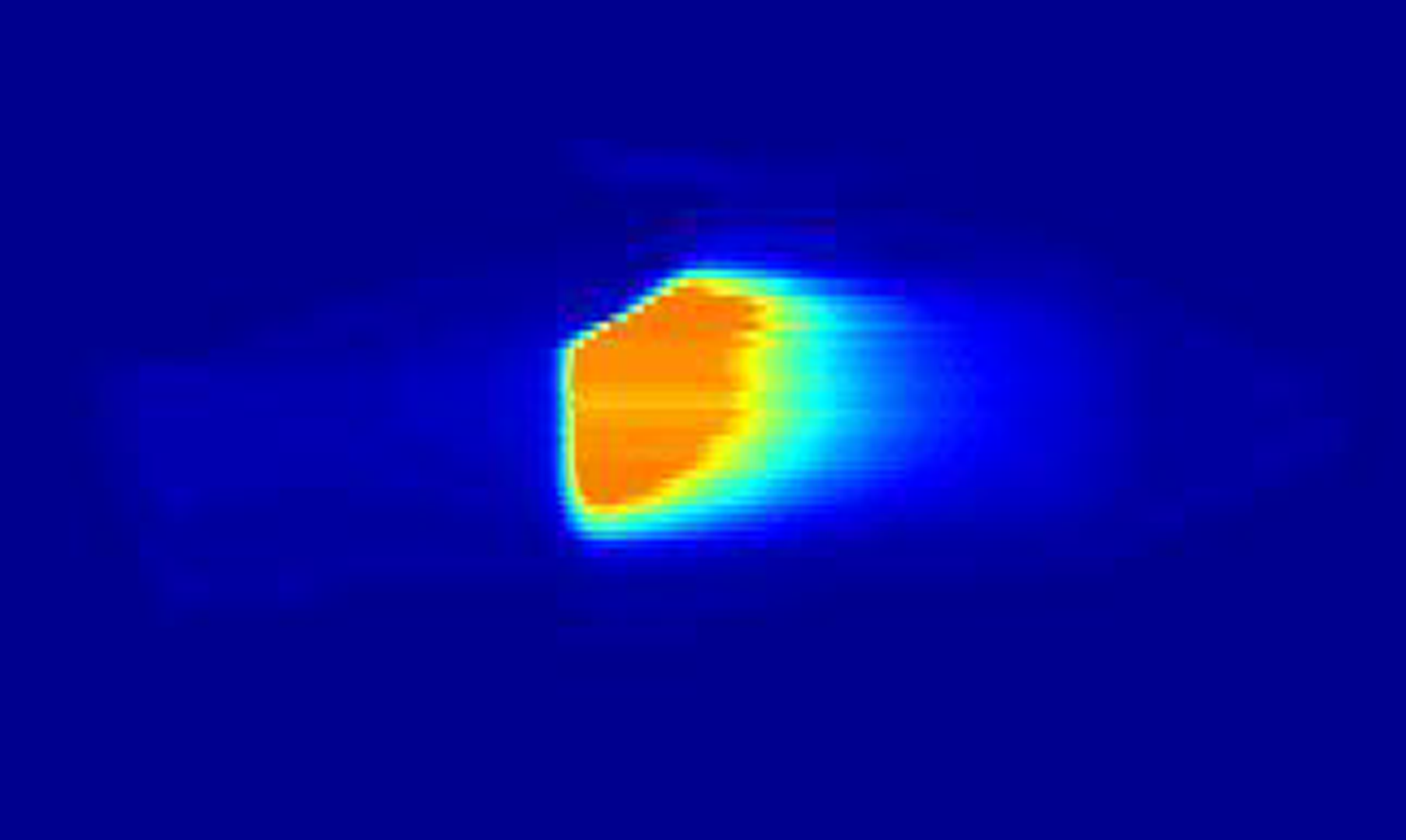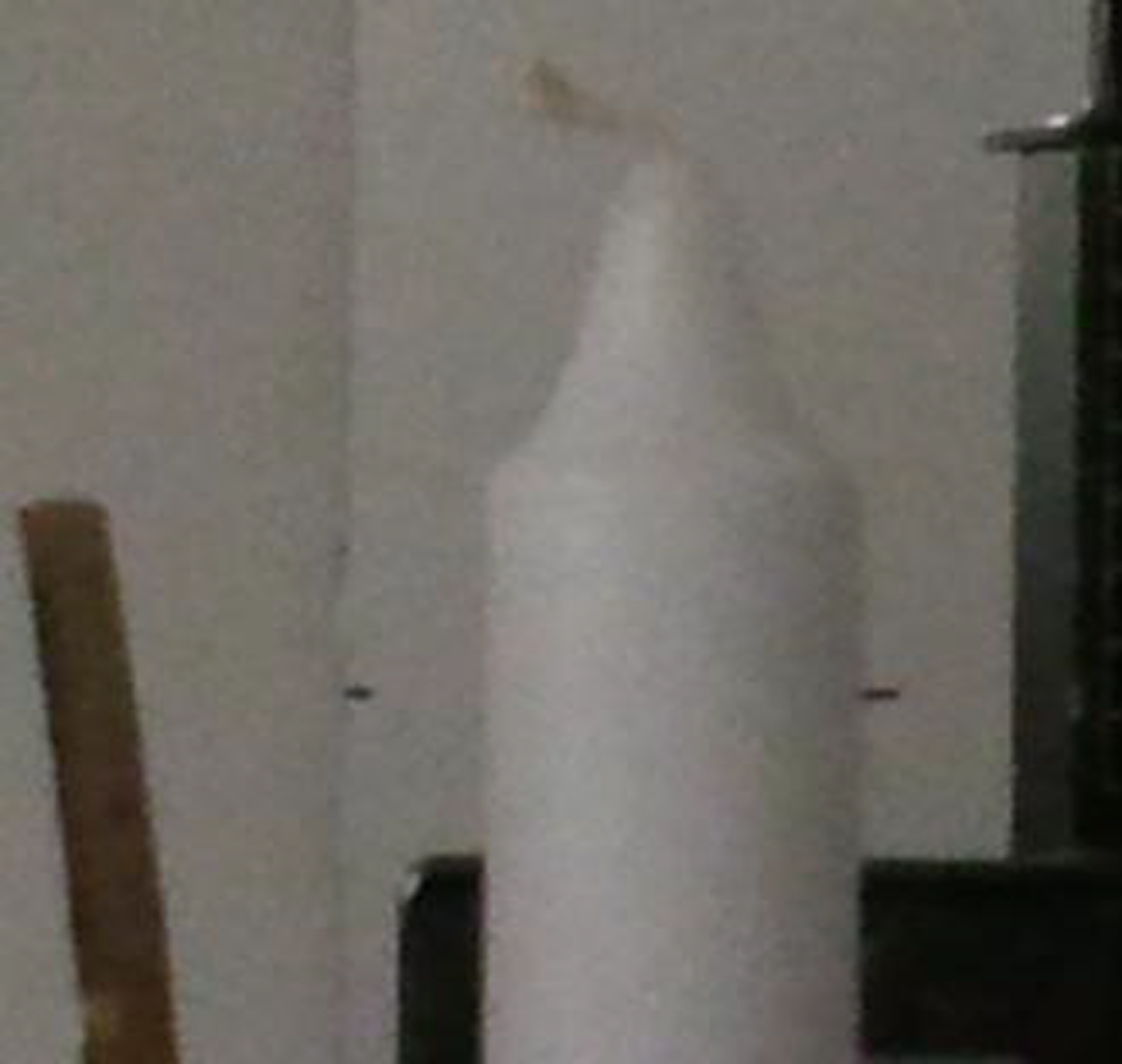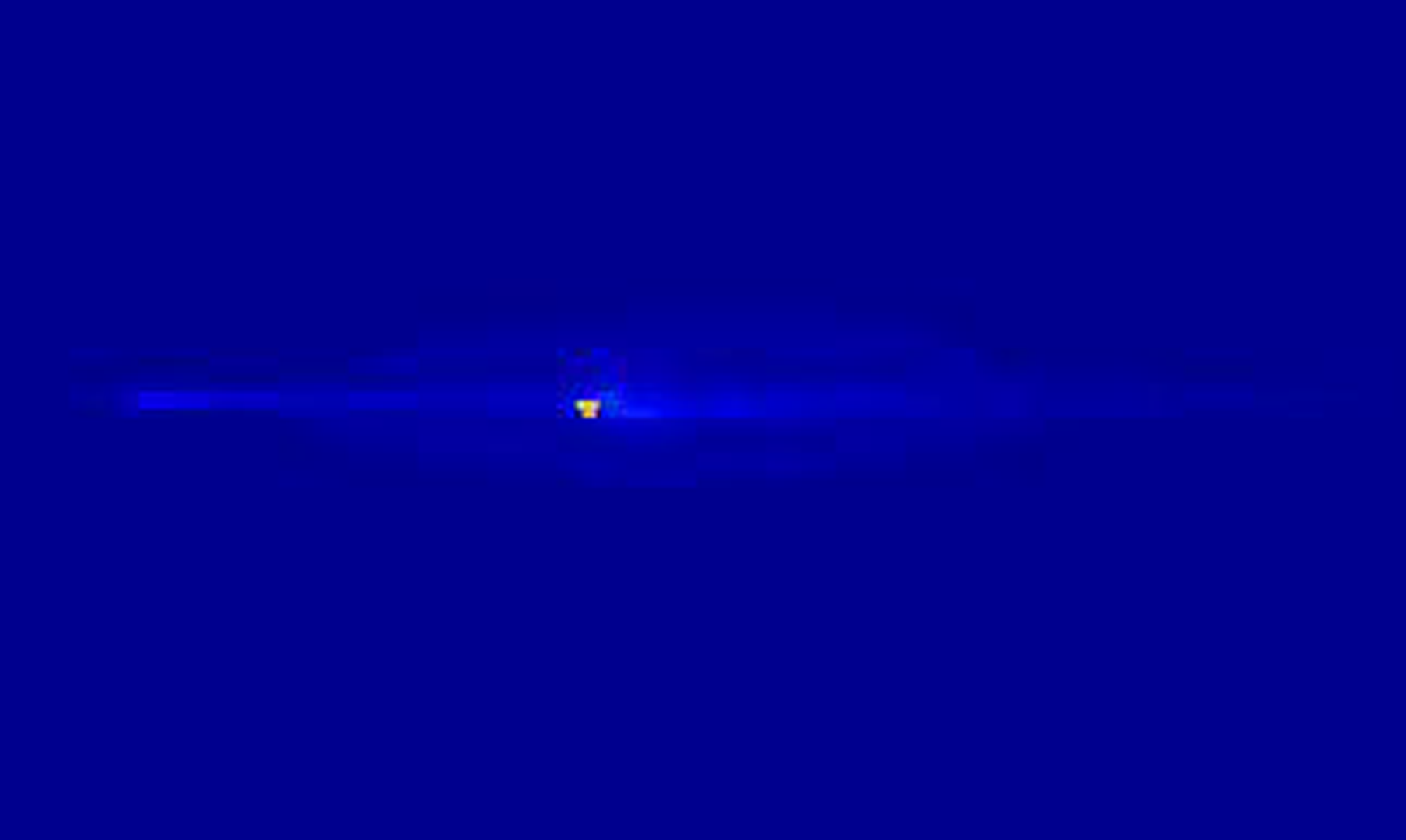“Slow art with a trillion frames per second camera” by Velten, Lawson, Bardagjy, Bawendi and Raskar
Conference:
Type(s):
Title:
- Slow art with a trillion frames per second camera
Presenter(s)/Author(s):
Abstract:
How will the world look with a one trillion frame per second camera? Although such a camera does not exist today, we converted high end research equipment to produce conventional movies at 0.5 trillion (5· 1011) frames per second, with light moving barely 0.6 mm in each frame. Our camera has the game changing ability to capture objects moving at the speed of light. Inspired by the classic high speed photography art of Harold Edgerton [Kayafas and Edgerton 1987] we use this camera to capture movies of several scenes.
References:
1. CameraCulture, 2010. Femto photography: http://web.media.mit.edu/raskar/femto/.
2. Goda, K., Tsia, K. K., and Jalali, B. 2009. Serial time-encoded amplified imaging for real-time observation of fast dynamic phenomena. Nature 458, 1145–1149.
3. Kayafas, G., and Edgerton, H. 1987. Stopping Time: The Photographs of Harold Edgerton. Harry N Abrams.
Additional Images:










